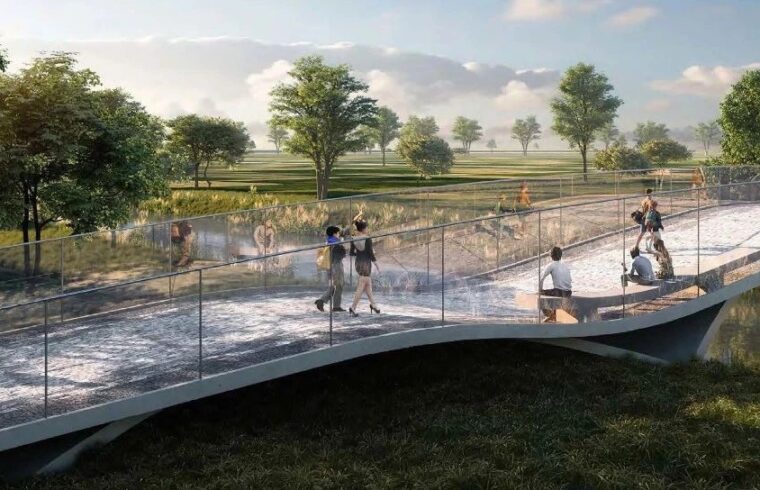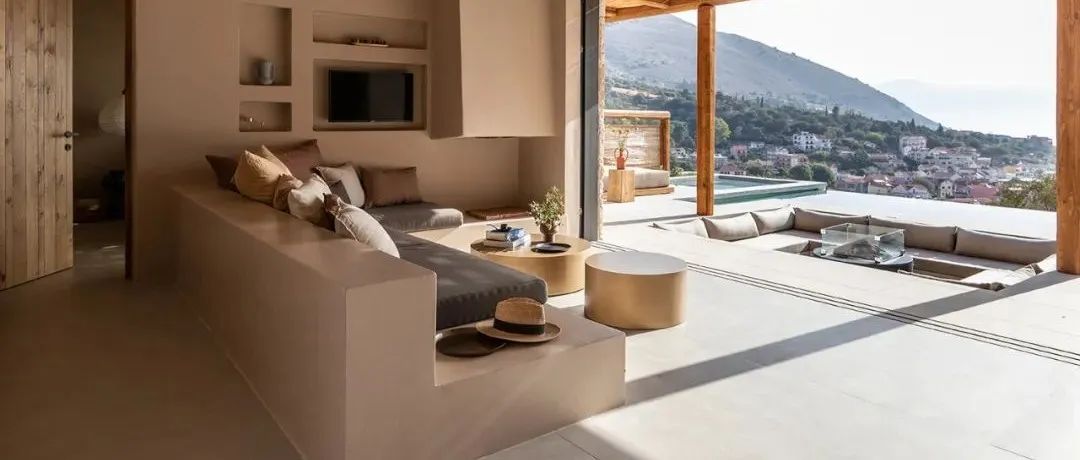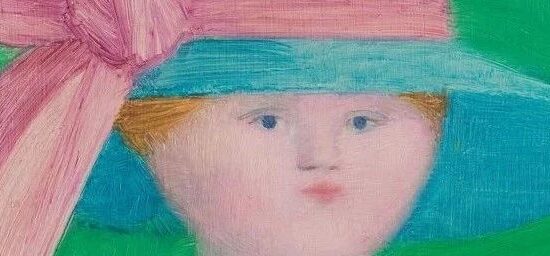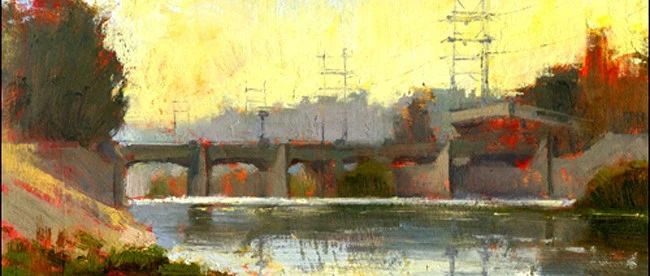项目位于江苏省、浙江省和上海市的交界处,地处长三角绿色一体化发展示范区核心位置。区域内水资源丰富,水网密布,桥梁众多。该竞赛的任务要求是在对整个水乡客厅区域上位规划充分了解的基础上,根据组织方选定的9座桥梁进行单体方案设计。
The bridges are located in a demonstration zone for integrated ecological and tourism development of the Yangtze River Delta on the border of Suzhou, Jiangsu Province, Jiaxing, Zhejiang Province and Qingpu, Shanghai. It is a fertile region with extensive water networks and numerous bridges. The competition brief for the nine bridges required adherence to the planning scheme’s vision for regional design responses.
经过一轮方案评审和打分,组织方于12月28日揭晓了水乡客厅9座桥梁单体方案的名次。BAU凭借着出色的设计方案,成功获得五座桥梁第一及一座并列第一的优异成绩。
After competition adjudication and scoring, the organizer revealed the rankings on December 28. BAU Brearley Architects+Urbanists took the top spot with a total of 60 points out of 90, with five bridges ranked first and one tied for first.
此次竞赛,BAU立足于水、田、林、村等本土自然和人文元素,提炼出专属于水乡客厅气质的语汇,融入桥梁设计,传承地域水乡生态自然等特色,活化演绎“江南庭院、水乡客厅”形象。
BAU have abstracted the bridge design languages from cultural traditions and from natural elements to embody the indigenous characteristics of place. This is an extension of the theme “Water Town Living Room, the courtyards of Jiangnan".
田悦桥 Tianyue Bridge
(桥梁编号 QN-A8) 方案第一名
——“绘梦烟雨廊桥”,从水乡锦溪古镇的百米廊桥中汲取灵感
- learning from covered bridges and cultural traditions
田悦桥毗邻金泽古镇与江南圩田。我们从水乡锦溪古镇的百米廊桥汲取灵感,以廊桥文化为原型,构建顶部生态环形廊道,通过种植小型灌木,增加生物栖息地。将廊桥置于河道交叉处,远观如“田”,跃然于江南水景中。高低起伏的桥面,既增加了韵味,又抬高了河道部分的桥体高度,可让船只通行。轻踏石阶,漫步云雾,绘梦烟雨廊桥,构想出如诗如画的山水画卷。
The Tianyue Bridge is adjacent to Jinze ancient town and Jiangnan polder. Originated from China's traditional arch bridge, BAU creates a covered ring bridge with an ecological corridor on the rooftop to provide habitats for birds and insects. The bridge is placed at the intersection of the river. The waving deck not only provides progressive views, but also increases the height of the bridge over the river, allowing boats to pass. The bridge appears like “floating field” in the waterscape in distance, creating a poetic mirage scenery.
绿波桥 Greenwave Bridge
(桥梁编号 QN-A2) 方案第一名
——“绿波春浪满前陂”,灵感来自绿色稻田
- inspired by paddy fields
绿波桥位于江南圩田片区内的科普村旁,两端连接朱沼荡上的生态小岛和环湖荡绿道,周边风景如画,是典型的江南水乡。“绿波春浪满前陂,极目连云罢亚肥。”我们将耕种文化和绿色稻田融入绿波桥的设计,栏杆与桥亭浑然一体,如稻田绿波一般衔接着两岸,同时加入候车亭、滨水看台、秋千活动区和码头等活动空间,打造集生态、功能、美学和文化于一体的景观桥梁。
The Greenwave Bridge is located next to Kepu Village in the Jiangnan polder area, connecting a greenway and an ecological island. Inspired by the local farming culture and the surrounding paddy fields, the form of the bridge imitates the green waves of the paddy fields. The balustrades blend into the pavilion, smoothly connecting the two banks. Bus shelters, waterfront stands, swing activity areas and docks are placed on either side of the bridge. This is a landscape bridge that incorporates pragmatics, ecology, aesthetics and culture.
珠玉桥 Pearl Bridge
(桥梁编号 QN-A3) 方案第一名
—— “米如珠玉薪如桂”,借鉴中国传统拱桥
- inspired by the rice grain and China’s traditional arch bridges
珠玉桥位于江南圩田展示区内,四周是农田和茂密树林。珠玉桥的灵感源于古镇里的传统圆拱桥,我们将造型打造的如稻田里的米粒一般圆润饱满,坡度控制上满足了车行及人行的无障碍需要。形似圆拱桥,又比传统拱桥更轻盈舒缓。在灯光波影的映射下,珠玉桥如一颗璀璨的夜明珠。
Located in the Jiangnan polder display area, the Pearl Bridge is surrounded by farmlands and dense forests. Simulating traditional arch bridges, the bridge geometry produces the shape of a plump rice grain, lighter and smoother than the traditional arch bridges. Unlike traditional bridges, the slope follows accessibility needs for both vehicles and people. In the night the reflection in the lake’s surface resembles a luminous pearl in the darkness.
新荷桥 Lotus Bridge
(桥梁编号 WN-A7) 方案第一名
——“芳心卷未舒”,以新开荷叶的生长形态为灵感
- derived from curly lotus leaves
新荷桥位于月湾塘河道,一端连接当地特色的圩田景观,另一端与桑基鱼塘相连,是桑基鱼塘观光线路上的人行入口。“半在春波底,芳心卷未舒。”新荷桥是以新开荷叶的生长形态为灵感,荷叶半卷的优美曲线抽象地融入桥身设计,桥梁整体简洁轻盈。金属网状的栏杆模拟了荷叶的肌理,细节的增加使桥面更为灵动。
Located at the entrance of mulberry fish ponds, the Lotus Bridge connects the adjacent farmland and fishponds. Inspired by fresh lotus leaves, the form of the Lotus Bridge is abstracted from the graceful curves of the half-rolled lotus leaves, giving an appearance of lightness and simplicity. The meshed metal balustrades mimic the texture of the leaves, providing detail to the bridge.
鱼欢桥 Yuhuan Bridge
(桥梁编号 WN-A9) 方案第一名
——“鱼下碧潭当镜跃”,从鱼跃龙门的一瞬间捕捉灵感
- inspired by Chinese literary allusion
鱼欢桥位于桑基鱼塘中心区域,门前屋后绿桑成荫,鱼塘连片。鱼是当地居民生活中不可或缺的一部分。受中国文学典故的启发,我们捕捉了鲤鱼跃龙门的飞跃姿态,将其动态瞬间融入桥体的结构中,源远流长的传统文化与现代造型艺术相得益彰,传递着“富贵有余”、“吉庆有余”和“连年有余”的美好愿望。
The Yuhuan Bridge is located in the central area of the mulberry fish pond. Not far from the bridge, there are some rural houses surrounded by contiguous fish ponds, and the front and back of the houses are covered with green mulberry trees. Fish are an integral part of local people’s life and regard as a symbol of wealth, richness, abundance, and auspiciousness. The Chinese literary allusion of carps leaping over dragon gate is captured and integrated into the structure of the Yuhuan Bridge, extending traditional culture through contemporary design.
菱歌桥 Caltrop Bridge
(桥梁编号 WN-F4) 方案并列第一名
——“菱歌处处闻”,从江南的采菱文化中汲取灵感
- inspired by the traditional customs
菱歌桥位于桑基鱼塘区域,两端连接着桑基鱼塘和大片林地,有着丰富的水域和林地资源。唱菱歌采菱果自古以来是江南文化的一大特色。每逢夏秋季节,菱歌四起,妇女划菱桶采集菱果。我们从传统文化习俗中汲取设计灵感,借由采菱歌的意向,在桥的一侧增设表演舞台和观景阶梯,另一侧设有可供休憩的廊亭,让人们体验当地文化的同时,探索更多野趣。菱歌桥不仅是水乡的演绎,更是中国非遗文化的传承。
Located in the mulberry fish pond area, the Caltrop Bridge connects fish ponds and woodland. The traditional customs of singing the Song of Ling and collecting water caltrop have been maintained till now. Learning from the traditional customs, we placed an amphitheatre on the one side of bridge to create opportunities for cultural experiencing and exploration, and a pavilion on the other side for resting. The Caltrop Bridge interprets Jiangnan traditions and inherits intangible Chinese culture.
柳湾桥 Willow Bridge
(桥梁编号 JS-F3) 方案第二名
——“凉月如眉挂柳湾”,从春柳绿绦中汲取灵感
- inspired by willow branches
柳湾桥位于水乡湿地区域,南北连接道路与周边村落。一提到江南,就会让人联想到中国水乡的抒情画面,“小桥流水,杨柳依依。”柳湾桥的设计灵感来源于春柳绿绦,我们在桥梁一侧拓宽局部道路,增设可供人们观景的休闲平台,并在桥上设置花架和爬藤,提供遮阳避雨的凉亭。柳湾桥的整体形态宛如一条飘起的绿色丝带,在空中扬起又落,为水乡增添一丝盎然绿意。
The Willow Bridge is located in the wetland area of the water town, connecting the road in north and villages in south. The mention of Jiangnan evokes lyrical images of a Chinese water town, with white houses and willows growing along riverbanks. The inspiration of the bridge comes from the weeping willow branches. By widening one side of the bridge, the viewing platform is created for resting and enjoying the lake view. The pavilion on the bridge is embraced with wisteria vines: a green ribbon swaying in the wind inviting shelter underneath.
兰苕桥 Orchid Bridge
(桥梁编号 JS-A5)方案第三名
——“翩如兰苕翠”,灵感来源于中国兰文化。
- inspired by the Chinese orchid culture
兰苕桥位于水乡湿地区域的马斜湖畔,该区域湖水浩渺,景致优美。然而,新开的水道将两地割裂,阻断往来。“翩如兰苕翠,婉如游龙举。”兰苕桥的设计灵感来源于有着“花中君子”美誉的三瓣苕兰。桥身如盛开的花瓣,中间微微拱起抬高视野,清晰易读;端口则向外延展至三边河岸,将割裂的土地巧妙缝合,渗透可达。
The Orchid Bridge is located on the bank of Maxie Lake in the wetland area of the water town. It has a vast and beautiful lake view. However, the new canal divides the land into two, and makes it impassable. Inspired by the three-petal orchid, which is glorified as the ‘gentleman of flowers’ in Chinese literature, the bridge is designed like a blooming orchid. The central part of the bridge is elevated for identity and the ends of the bridge stretch out, landing on separated riverbanks to offer accessibility.
清川桥 Qingchuan Bridge
(桥梁编号 JS-A3) 方案第四名
——“清川澹如此”,以传统水乡石拱桥为原型
- learning from China’s traditional arch bridges
清川桥位于水乡湿地区域的杨家荡西河,两侧连接道路与村庄。以传统水乡石拱桥为原型,我们在拱桥的基础上,加入优美的曲线。古朴、简约的造型呼应水乡湿地的自然景色,描绘出江南特有的诗意和优雅。溪水清新澄澈,芦苇清晰倒映在碧水之中,水流过处,微波荡漾,呈现小桥流水人家的惬意画面。
The Qingchuan Bridge is located on the Yangjiadangxi River in the wetland area, connecting roads and villages. Rooted in China's arched bridge tradition, the bridge explores a more simple form to respond to the natural landscape, distilling the poetry and elegance unique to Jiangnan.
本文来自微信公众号“BAU建筑城市设计”(ID:BAU_Architects)。大作社经授权转载,该文观点仅代表作者本人,大作社平台仅提供信息存储空间服务。












